
Running with Your Dog: Tips for Safety and Fun
 Whether you’re a serious or casual runner, having an exercise partner can make running more enjoyable and motivate you to get out there, even when you don’t feel like it. Your loyal canine companion can make an excellent running buddy, and regular exercise and companionship lead to a variety of wonderful benefits for both you and your pet.
Whether you’re a serious or casual runner, having an exercise partner can make running more enjoyable and motivate you to get out there, even when you don’t feel like it. Your loyal canine companion can make an excellent running buddy, and regular exercise and companionship lead to a variety of wonderful benefits for both you and your pet.
Your team at West Park Animal Hospital is always on the lookout for ways to encourage safe and fun exercise for all of our sweet patients. We applaud you for your interest in running with your dog, and encourage you to keep the following safety precautions in mind before you hit the pavement or trail together.
Running with Your Dog, Safely
- Be aware of the type of surface your dog is running on and adjust your run accordingly. Hot asphalt or pavement can burn your dog’s paw pads. Roadside/trail debris, such as sticks, rocks, and broken glass, can cause injury. Be sure to check the condition of your pet’s paws before and after each run, and stick with soft, shaded surfaces whenever possible.
- Puppies should not engage in extended, high-impact exercise until they are 1-2 years of age (depending on breed), as permanent damage can result to still-developing bones and joints.
- Take your dog’s breed into consideration when determining how far to run with them. Sporting and herding breeds are more likely to be able and willing to run long distances, and many smaller dogs make excellent running companions. Short-nosed breeds (bulldogs, pugs, etc.) have shortened airways and should probably not run, especially in warmer weather.
- Speaking of warm weather, always be mindful of your dog’s safety and comfort while running. Don’t run with your dog in the heat of the day, and take frequent breaks for water and rest as needed. Watch your dog closely for signs of dehydration or heat stroke, such as excessive panting/drooling, stumbling, vomiting, or pale gums.
- Stay away from retractable leashes, which could pose a tripping or entanglement hazard, and allow your dog to pull too much. A standard leash and collar/harness is best (no choke, prong, or Martingale collars), or consider a specialized running harness to avoid chafing.
It can be tempting to skip the warm-up or cool-down, but your dog’s (and your) joints and muscles will pay the price. A few minutes of brisk walking or light jogging right before and after your run is all that is needed.
Give Us a Call
Before starting any new exercise routine with your pet, be sure to make an appointment for a wellness exam with your West Park Animal Hospital veterinarian. We will make sure that your pet is healthy enough for strenuous exercise and update any necessary vaccines and parasite preventives. We are always here to answer your questions and concerns regarding your pet, so don’t hesitate to give us a call!
The post Running with Your Dog: Tips for Safety and Fun appeared first on West Park Animal Hospital Blog.


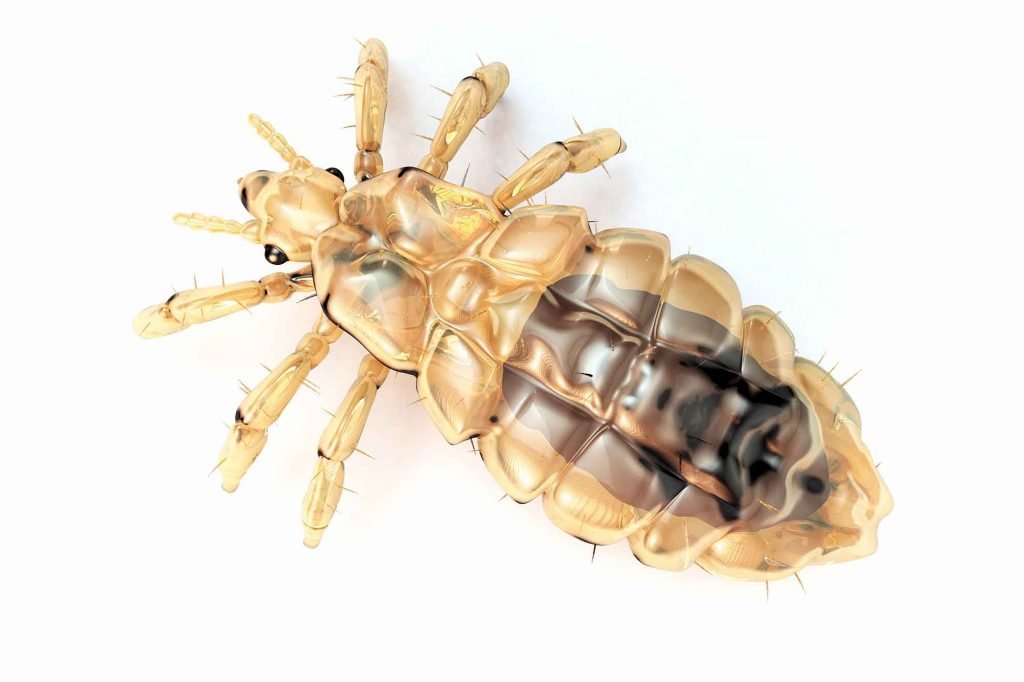
 If you’ve ever had a scare with head lice, it’s likely you never want to experience it again. Head lice, which is a specific species called Pediculus humanus capitis, only affects humans. In other words, while lice may spread from one human family member to another, it’s impossible that your pet was the cause of the problem.
If you’ve ever had a scare with head lice, it’s likely you never want to experience it again. Head lice, which is a specific species called Pediculus humanus capitis, only affects humans. In other words, while lice may spread from one human family member to another, it’s impossible that your pet was the cause of the problem.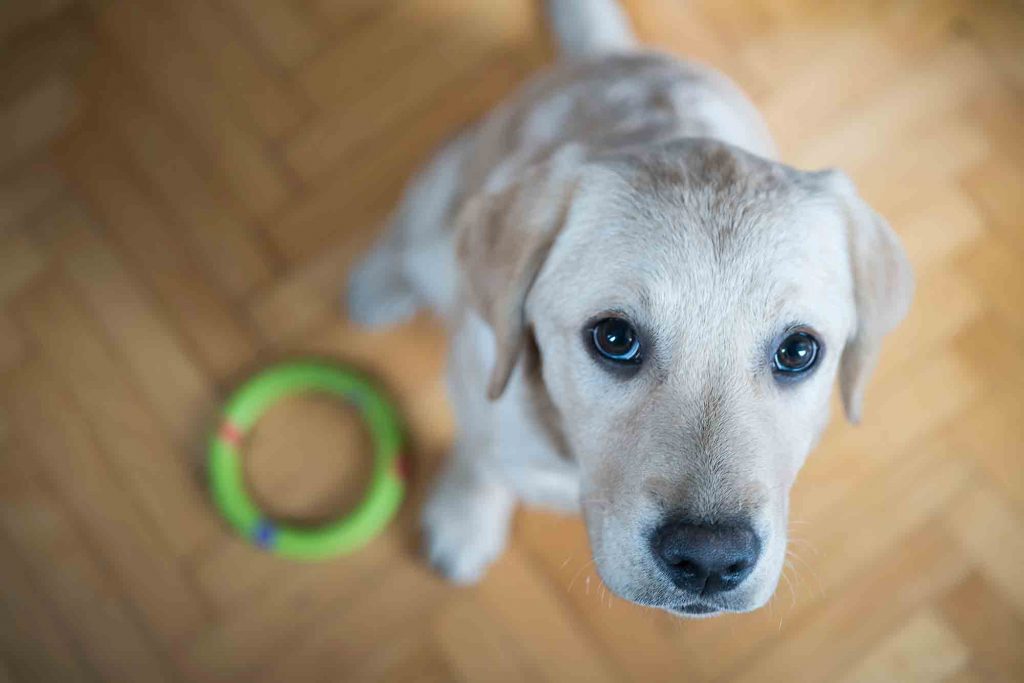
 There are few things more disgusting than receiving a big slobbery kiss from your dog only to realize they recently helped themselves to a litter box snack. It’s likely this common but annoying habit has had you Googling answers furiously looking for help. So, what’s up with this unsavory behavior and how can you keep your dog out of the litter box?
There are few things more disgusting than receiving a big slobbery kiss from your dog only to realize they recently helped themselves to a litter box snack. It’s likely this common but annoying habit has had you Googling answers furiously looking for help. So, what’s up with this unsavory behavior and how can you keep your dog out of the litter box?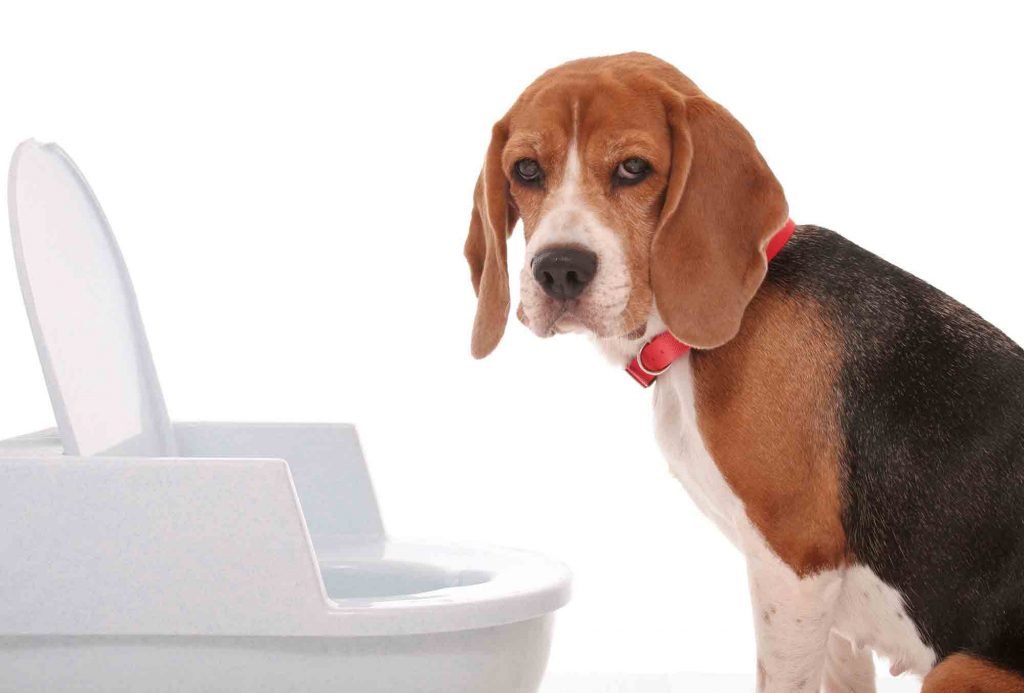
 Toilets and pets are never a combo you want to encounter; however, seeing a pet take a sip of toilet water is a common scene. Drinking from the toilet seems like a pretty disgusting way to stay hydrated – particularly when you offer your pet multiple bowls of fresh water around the home.
Toilets and pets are never a combo you want to encounter; however, seeing a pet take a sip of toilet water is a common scene. Drinking from the toilet seems like a pretty disgusting way to stay hydrated – particularly when you offer your pet multiple bowls of fresh water around the home.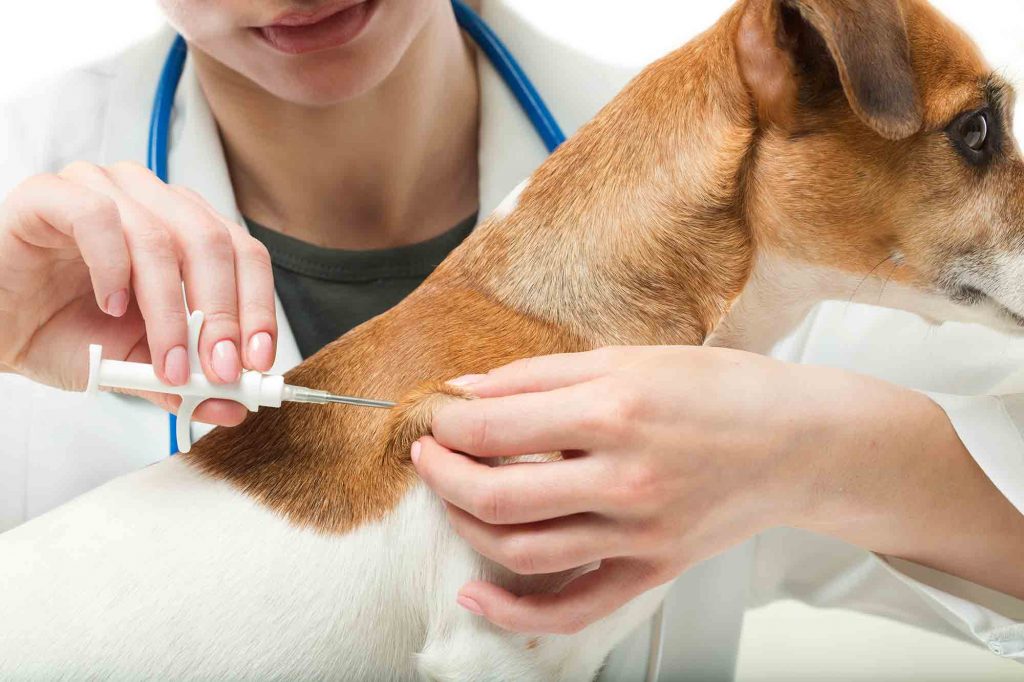
 From the most recent outbreaks of
From the most recent outbreaks of 
 According to a study by AAA and Best Western International, more than 50% of U.S. pet owners bring their pets along when they
According to a study by AAA and Best Western International, more than 50% of U.S. pet owners bring their pets along when they 
 It’s not uncommon to see a dog munching on something we wouldn’t necessarily qualify as “food.” Dogs, after all, are the experimental gourmets, willing to ingest all sorts of things. Unfortunately, this makes them prone to
It’s not uncommon to see a dog munching on something we wouldn’t necessarily qualify as “food.” Dogs, after all, are the experimental gourmets, willing to ingest all sorts of things. Unfortunately, this makes them prone to 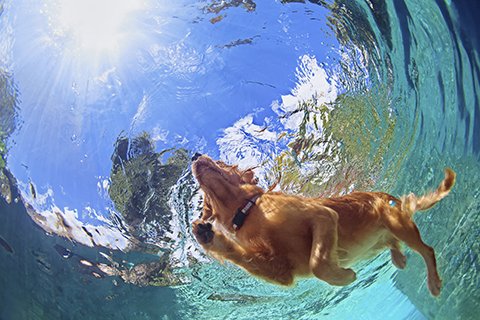
 We pride ourselves on the long list of services we offer our clients. Chief among them is professional grooming. Sure, some pets are apprehensive at first, but over time it becomes a wonderful treat to get a bath, shampoo, haircut, ear cleaning, nail trim, and more.
We pride ourselves on the long list of services we offer our clients. Chief among them is professional grooming. Sure, some pets are apprehensive at first, but over time it becomes a wonderful treat to get a bath, shampoo, haircut, ear cleaning, nail trim, and more.